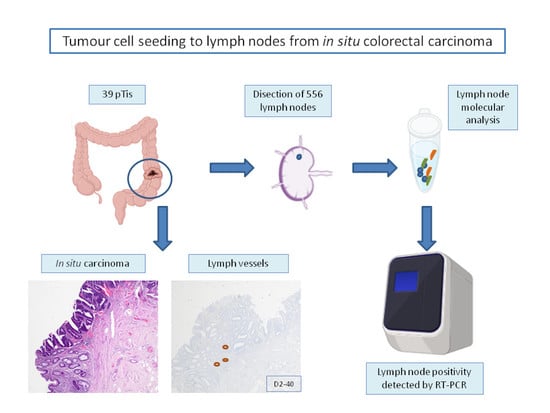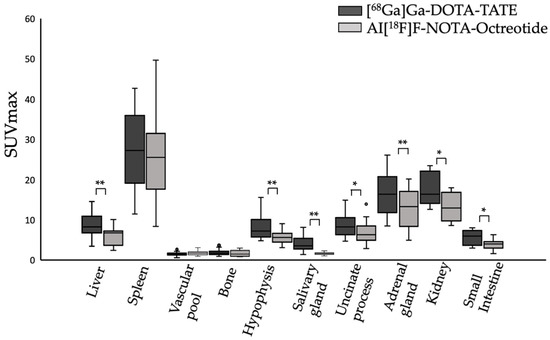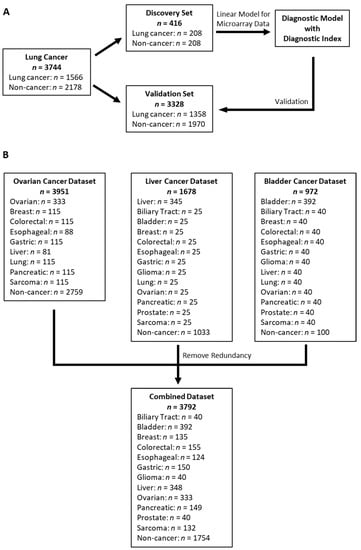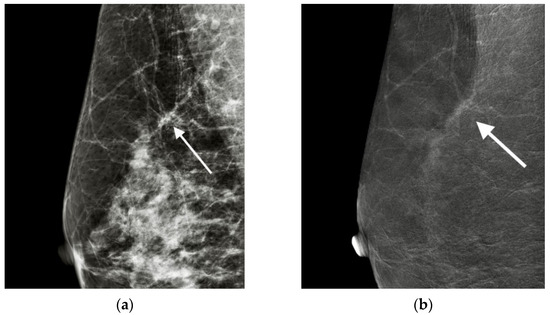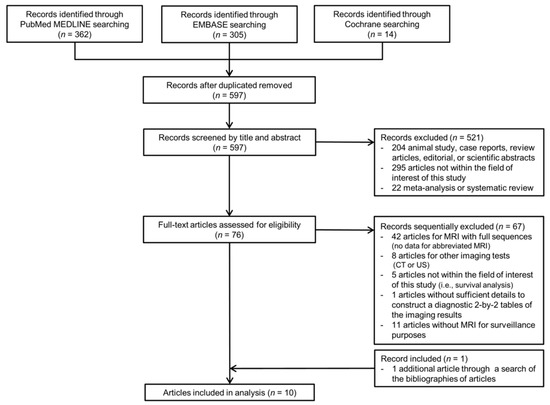Non-invasive Early Detection of Cancers (Closed)
A topical collection in Cancers (ISSN 2072-6694). This collection belongs to the section "Cancer Causes, Screening and Diagnosis".
Viewed by 17989Editor
Interests: oral cancer; metastasis; oral hypofunction; cell-free DNA; DNA methylation; miRNA; circulating tumor cell (CTC); liquid biopsy
Special Issues, Collections and Topics in MDPI journals
Topical Collection Information
Dear Colleagues,
The early detection of cancer is currently the most effective way to improve treatment success and prognosis. Early detection usually means the detection of cancers at a very early stage, before the early cancer signs or symptoms arise in mass population screening. Detecting cancer in mass screening is commonly performed in certain cancer types (breast, cervical, lung, and gastric cancer). However, there are problems with mass screening (detection rate, sensitivity, specificity and screening rate, cost). It is also a big issue that while cancer screening is usually useful when it comes to common cancers, there is no screening test for rare cancers. In this regard, the development of novel detection methods with high accuracy for cancer (especially for rare types of cancer) is expected.
A non-invasive detection method for cancer has recently been reported based on the cancer cell biology, which works by detecting cancer cell metabolites including cell-free DNA, microRNA, and circulating tumor cells (CTCs). This Topical Collection will highlight non-invasive early detection methods (screening test, device) for various types of cancers for improving prognosis.
Prof. Dr. Tsuyoshi Sugiura
Collection Editor
Manuscript Submission Information
Manuscripts should be submitted online at www.mdpi.com by registering and logging in to this website. Once you are registered, click here to go to the submission form. Manuscripts can be submitted until the deadline. All submissions that pass pre-check are peer-reviewed. Accepted papers will be published continuously in the journal (as soon as accepted) and will be listed together on the collection website. Research articles, review articles as well as communications are invited. For planned papers, a title and short abstract (about 100 words) can be sent to the Editorial Office for announcement on this website.
Submitted manuscripts should not have been published previously, nor be under consideration for publication elsewhere (except conference proceedings papers). All manuscripts are thoroughly refereed through a single-blind peer-review process. A guide for authors and other relevant information for submission of manuscripts is available on the Instructions for Authors page. Cancers is an international peer-reviewed open access semimonthly journal published by MDPI.
Please visit the Instructions for Authors page before submitting a manuscript. The Article Processing Charge (APC) for publication in this open access journal is 2900 CHF (Swiss Francs). Submitted papers should be well formatted and use good English. Authors may use MDPI's English editing service prior to publication or during author revisions.







